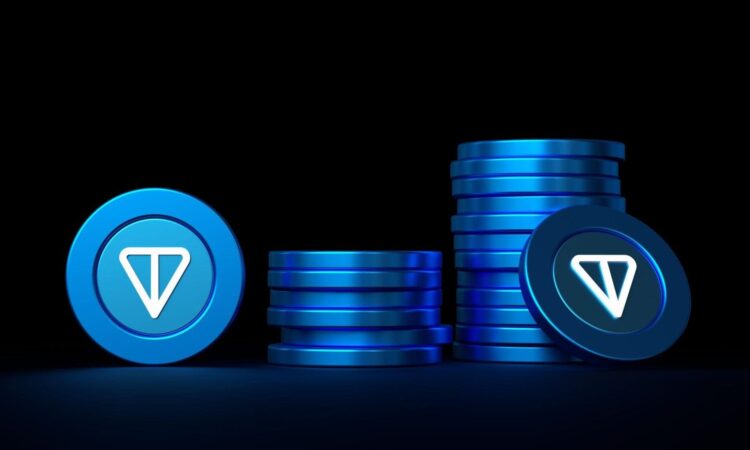
Table of Contents
Show more
Show less
Following a meteoric rise between the end of February and the beginning of April this year, Toncoin (TON) has joined the ranks of the 10 largest cryptocurrencies by market capitalisation.
The 112% increase of TON’s market cap (currently more than £13 billion) since the start of 2024 even pushed Toncoin (TON) above top-10 stalwart Cardano (ADA). Ton now sits at position 9 in our table.
Of course the volatility of the crypto market means nobody can predict what’s next for Toncoin, but for those interested, here’s how to buy Toncoin (TON).
What is Toncoin (TON?)
Toncoin’s history can be traced back to the encrypted smartphone messaging app Telegram, from which The Open Network (TON) was born.
TON was set up as a layer-1 blockchain, meaning it was a foundational blockchain designed for building decentralised apps (dApps) on.
Ethereum is another example of a layer-1 blockchain; popular apps such as Uniswap, the automated crypto exchange, were built on it.
So, The Open Network (TON) is a platform for decentralised apps and Toncoin is the currency used to consume the services these apps provide.
For example, there are decentralised crypto exchanges within TON that can be used to trade cryptocurrencies. Any fees for making these trades are paid for using Toncoin.
Of course many crypto buyers won’t be interested in Toncoin for its utility, but will instead want to speculate on its value.
How to buy Toncoin (TON)
1. Choose a crypto exchange
Investors typically buy cryptocurrencies using crypto exchange websites or apps. The first requisite will be finding an exchange that trades in Toncoin (TON), because not all do. eToro, for example, does not facilitate Toncoin trades, while Uphold does.
Once an investor chooses an exchange that they’re happy with in terms of features and fees, they’ll need to sign up for an account. This typically involves providing some personal information and passing some identity verification checks, such as uploading a photograph of an official identity document.
2. Credit the account
Before someone can buy Toncoin on an exchange, they will need to credit their account with fiat currency.
Most exchanges have a minimum deposit of around £10, regardless of what a user wants to buy. So, if someone wants to buy a single Toncoin for £3.89 (at the time of writing), they’d still need to credit the account with £10. In fact, even if they were spending pennies on something like Dogecoin, the minimum would still apply.
Exchanges allow deposits in a variety of payment methods. Bank transfer is the cheapest, simplest and fastest way to credit an account.
3. Buy Toncoin
Buying Toncoin is then as easy as navigating to the Toncoin page within the exchange’s website or app, entering how much to buy and confirming the trade. The buyer’s account is then credit with the agreed amount of Toncoin.
4. Key storage
Toncoin, like every other cryptocurrency, exists only as lines in digital ledger. As such, they cannot be directly stolen or lost. However, to do anything with a cryptocurrency like sell it or use it as payment, a user needs to input their private and public keys.
These alphanumeric strings of text are required to access crypto holdings, so whoever holds the keys holds the crypto. This means it’s important to keep them secure from anyone who might want to take them and take control of someone else’s holdings.
Exchanges typically offer free key storage. This ‘non-custodial’ key storage is convenient, as it is accessed whenever a user logs into their exchange. It’s also good for when people lose access to their accounts if they forget their login details, since they can follow the password recovery procedure.
On the other hand, they are a red rag to the cybercriminal bulls who could take control of huge sums of crypto assets by stealing users’ keys.
An alternative is to use a third party crypto wallet provider, which puts some distance between people’s exchange accounts and their crypto keys. The downside is that they have to be paid for and remain a target for hackers.
The other alternative is hardware wallets – physical devices that store keys and are not connected to the internet by default. This puts an ‘air gap’ between the keys and hackers who might steal them. The disadvantage of hardware wallets is that they become vulnerable once plugged into a web-connected device.
They also offer limited support to users who might forget the ‘pass phrase’ they must remember in order to access the device.






